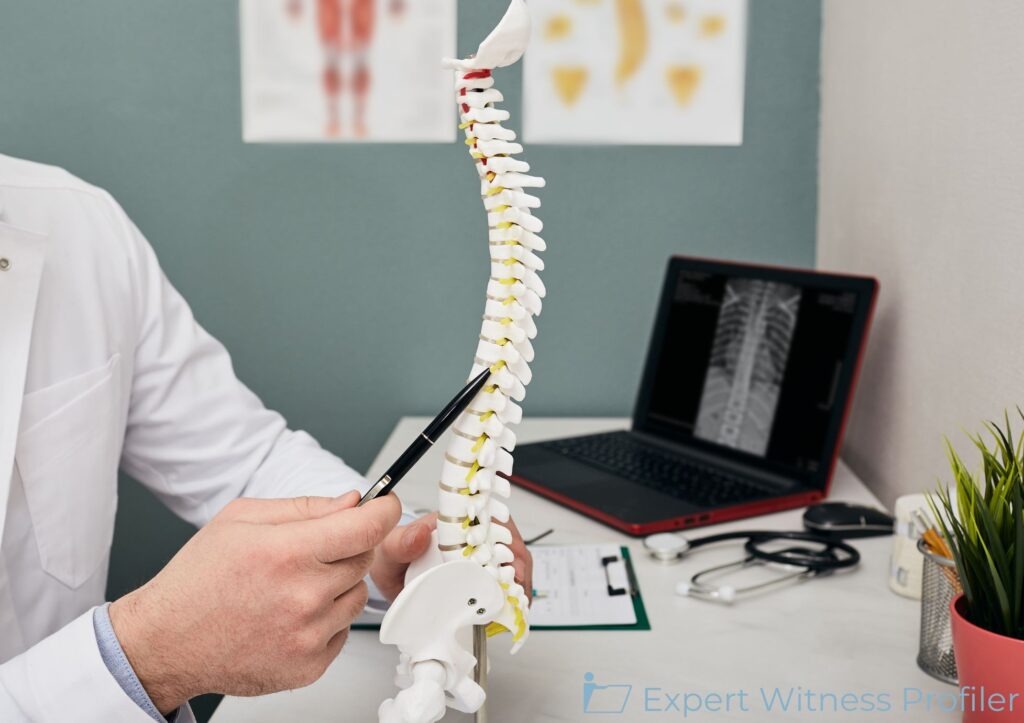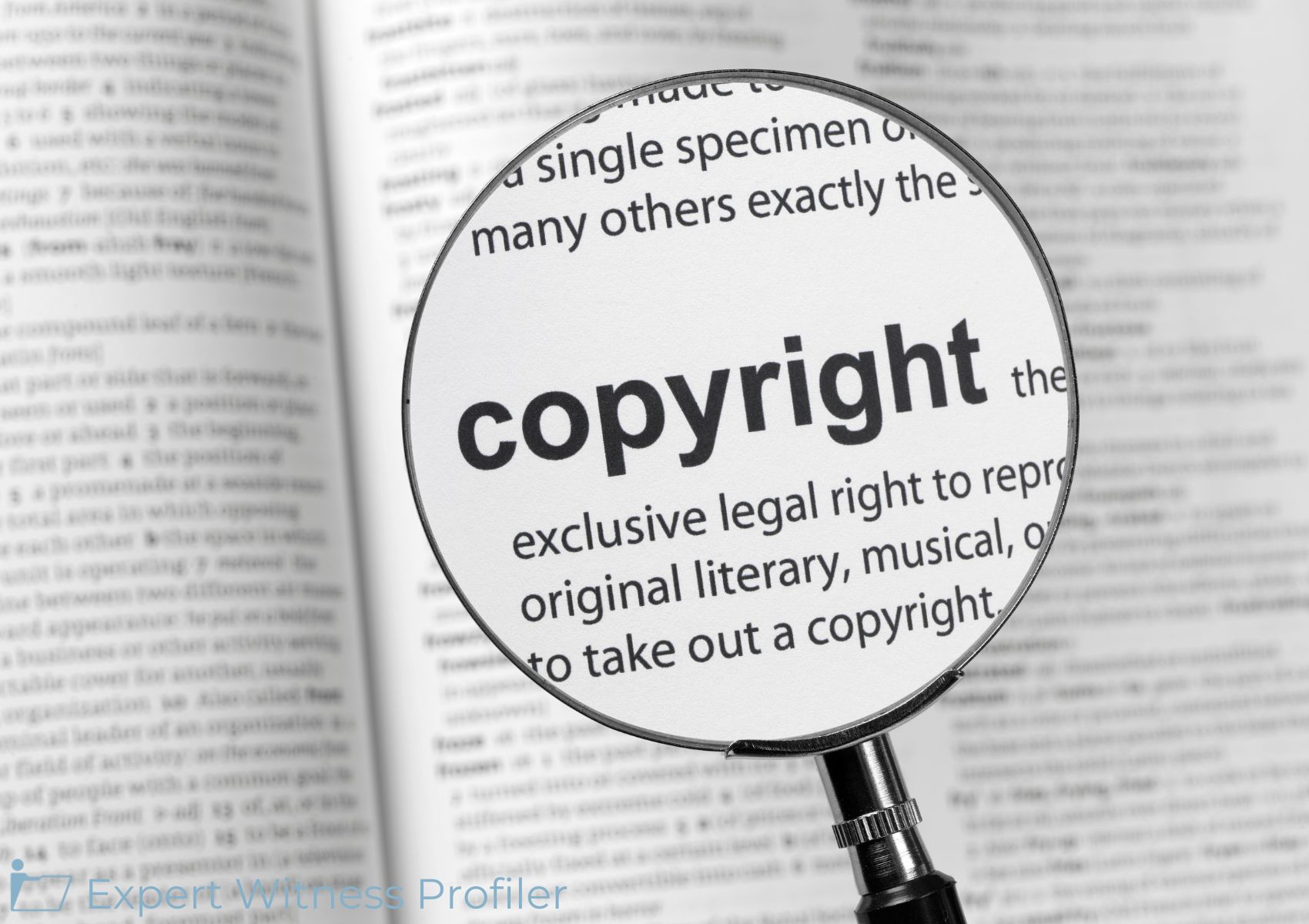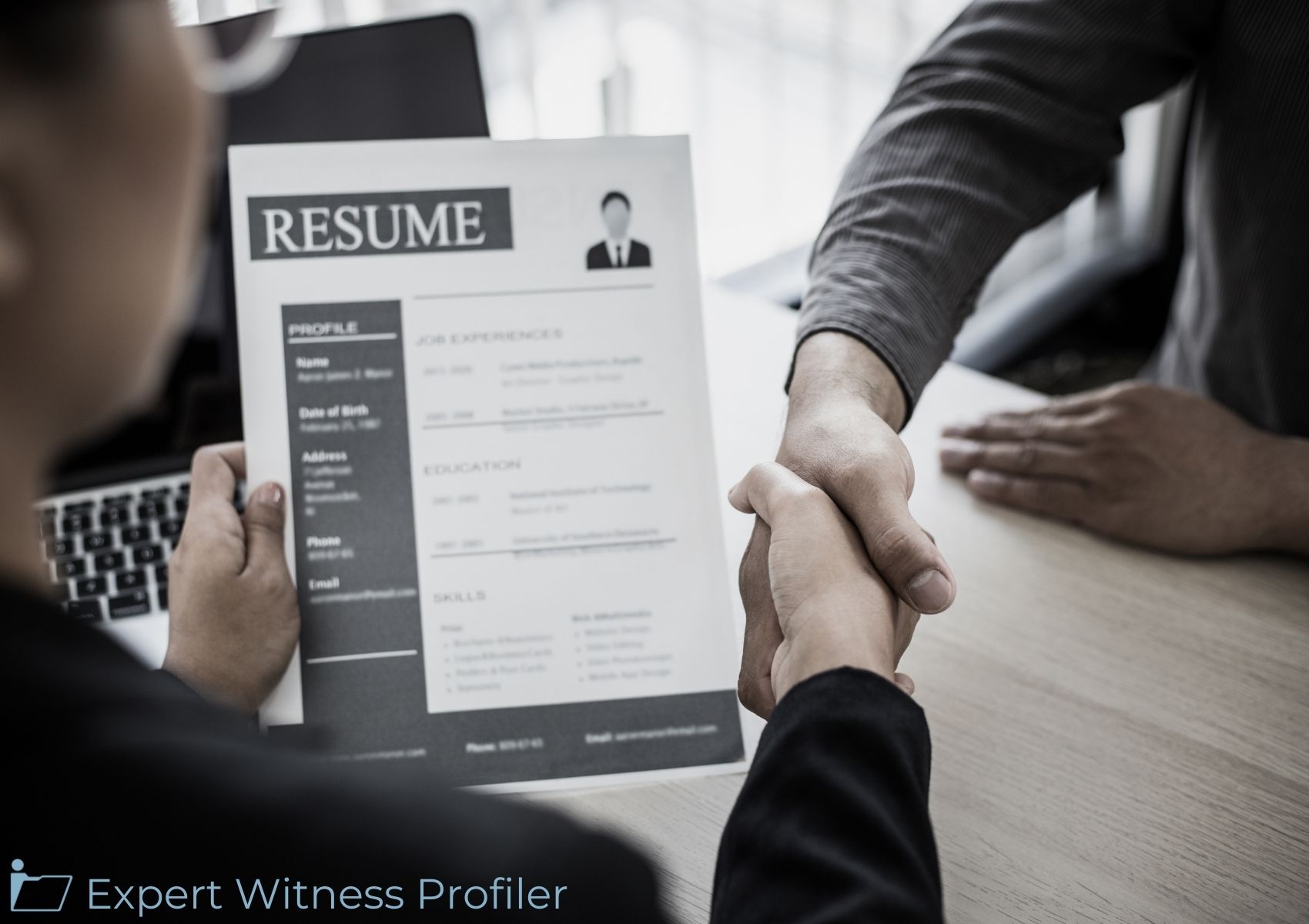Radiology Expert Witness’ Specific Findings As to the Plaintiff’s Spine Area Admitted
Posted on October 10, 2024 by Expert Witness Profiler
On December 9, 2021, Plaintiff Darryl Everson was driving in Montz, Louisiana, when he claimed that Defendant David Rugg (“Rugg”) negligently felled a tree along the roadway. The Plaintiff contended that the tree landed on his car, causing injuries to his back and neck. Additionally, Plaintiff alleged that Rugg was employed by Defendant Romesberg Trucking Inc. (“RTI”), which was covered by Nautilus Insurance Company. He asserted that RTI and Rugg failed to exercise reasonable care in their tree-cutting activities near an active roadway. Specifically, Plaintiff claimed that they did not provide warnings, did not monitor approaching vehicles, inadequately trained Rugg, and created a dangerous situation.
Defendants retained Robert Morris to read and interpret MRI images of Plaintiff’s spine area, specifically his L1 through S5 disc spaces.
Morris opined that all the disc spaces he reviewed were “unremarkable” except for the L4-L5 disc space, which Morris found to show a “small disc bulge with moderate central disc protrusion, resulting in moderate bilateral recess stenosis.” Overall, Morris opined that “the exact age of the disc bulge and protrusion at L4-L5 is indeterminate from this single exam.” He also found that “aside from the disc bulge and protrusion at L4-L5, the other levels appear normal.”
Plaintiff filed a motion to exclude the expert testimony of Dr. Robert Morris, Defendants’ expert radiologist.

Radiology Expert Witness
Robert W. Morris attended medical school at the University of Mississippi School of Medicine. This was followed by radiology residency and a musculoskeletal radiology fellowship at the University of Alabama at Birmingham. After fellowship, he worked in private practice radiology for several years before joining the faculty at UMMC in February 2016.
Discussion by the Court
Plaintiff contended that Morris’ testimony should be excluded because (1) Defendants failed to comply with 26(a)(2)(B) and (2) Morris’ methodology is not reliable.
Defendant’s violation of Rule 26(a)(2)(B) can be rendered harmless by the recent continuance in this matter
Defendants argued that they complied with Rule 26(a)(2)(B) by including Morris on their witness list. Moreover, they contended that Plaintiff could have obtained the information by deposing Morris. The Court held that these arguments are meritless because Rule 26(a)(2)(B) squarely puts the burden on the party presenting the experts to summarize ‘the facts and opinions,’ not on the opposing party to figure it out.
Although the Court finds that Defendant’s violation of Rule 26 is not “substantially justified,” the Court concludes that the violation is “harmless.” This case has recently been continued, and Plaintiff now has several more months to review Defendants’ disclosures.
Morris’ testimony is sufficiently reliable
Prohibiting the jury from hearing about Morris’ opinions would increase the jury’s confusion
Plaintiff argued that allowing Morris to testify would be duplicative and confusing to the jury because Defendant has engaged another medical expert to opine on causation. The Court disagreed. Even if the Court prohibited Morris from testifying, the Defendant’s medical expert might still refer to Morris’ report at trial. Accordingly, prohibiting the jury from hearing about Morris’ opinions from Morris himself would increase, rather than decrease, the jury’s confusion about the separate specialties and opinions of Morris and the medical expert retained to opine on causation.
Morris will only be allowed to testify as to opinions expressed in his report
Defendants mentioned various uses for Morris’ testimony such as proving that Plaintiff had a pre-existing condition, that his weight caused his injuries, and that there is a consensus in the medical community that middle aged people have cervical and lumbar abnormalities. While Defendants may feel that Morris’ two listed opinions support those propositions, the Court noted that Morris does not actually offer any of these opinions in his report. If, at trial, Defendants ask Morris to opine outside of the scope of the opinions listed in his report, the Court will sustain an objection at that time.
To be clear, Morris will only be allowed to testify as to opinions expressed in his report including the specific “findings” as to each disc and the two opinions he provides: (1) “the exact age of the disc bulge and protrusion at L4-L5 is indeterminate from this single exam” and (2) “aside from the disc bulge and protrusion at L4-5, the other levels appear normal.”
Although the Court allowed Morris to testify, the Court granted Plaintiff’s request that Morris’ testimony be limited to the opinions expressed in his report.
Held
The Court denied the Plaintiff’s motion in limine to exclude Dr. Robert Morris.
Key Takeaway:
The Court found that Morris’ testimony is sufficiently reliable. Given the nature of the radiological practice—analysis of discrete images—courts routinely allow expert radiologists to testify even where they have not reviewed the Plaintiff’s medical records or examined the Plaintiff.
Please refer to the blog previously published about this case:
Arborist Expert Witnesses’ Opinions on Tree Removal Safety Admitted
Case Details:
| Case Caption: | Everson V. Nautilus Ins. Co. |
| Docket Number: | 2:23cv1360 |
| Court: | United States District Court, Louisiana Eastern |
| Order Date: | October 9, 2024 |





